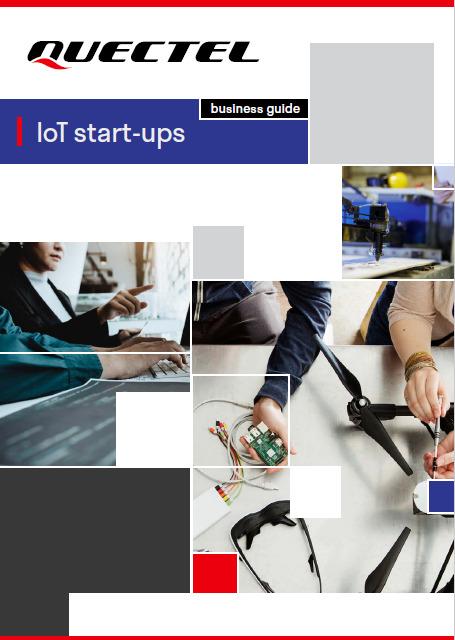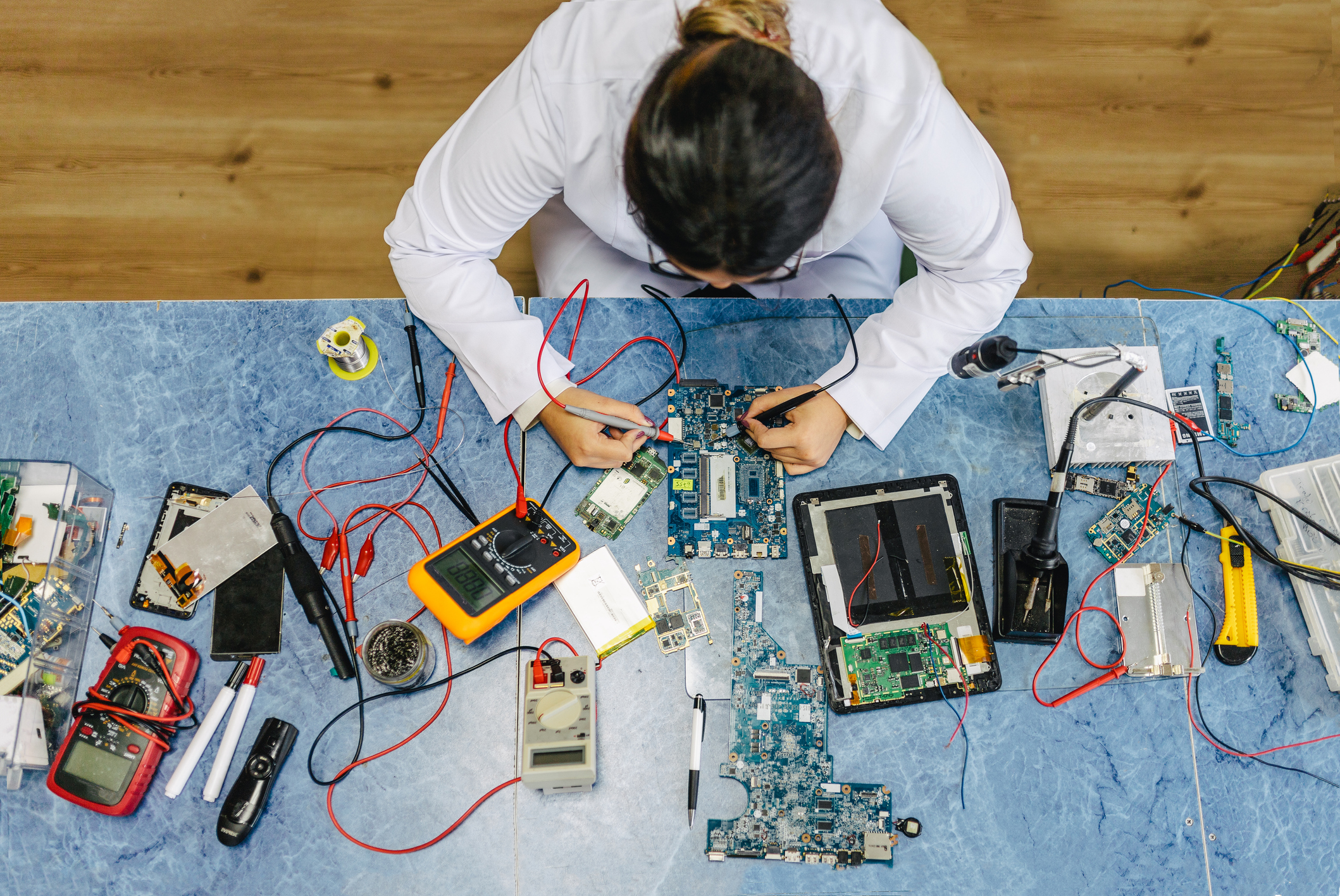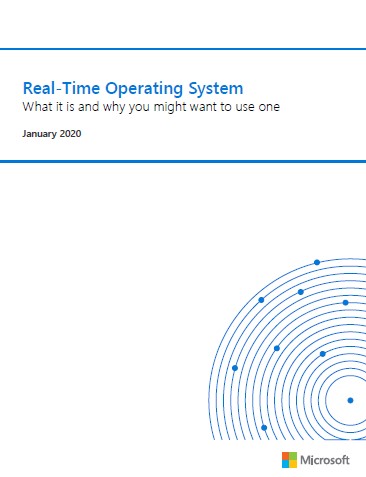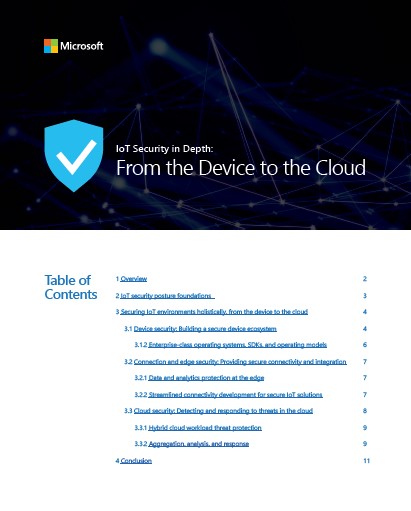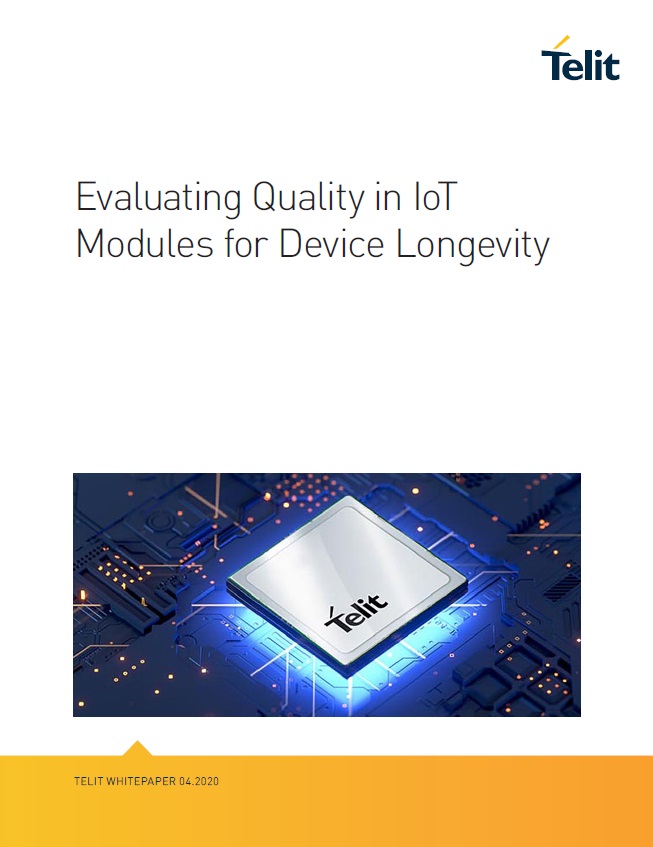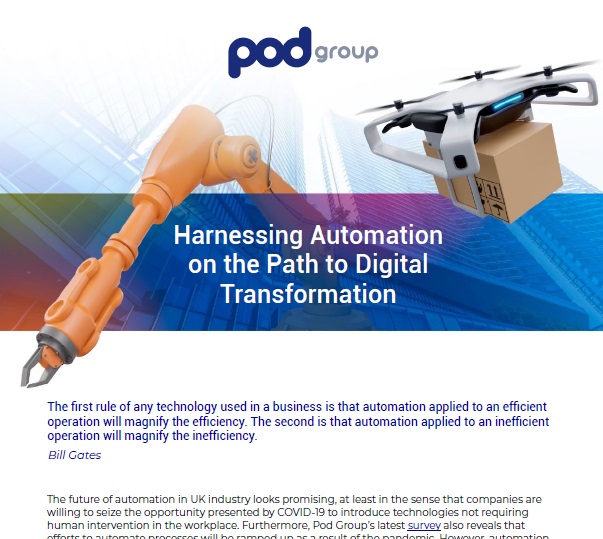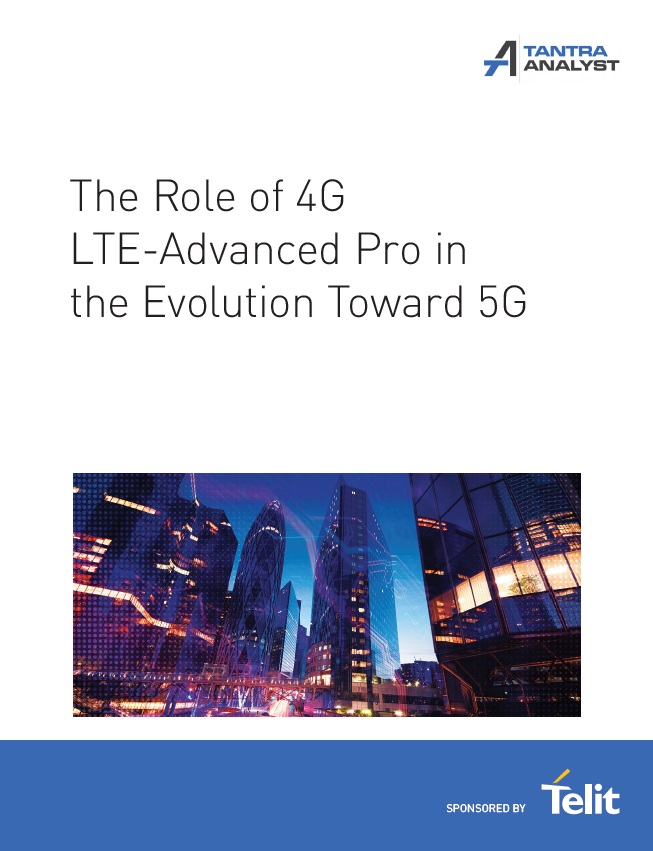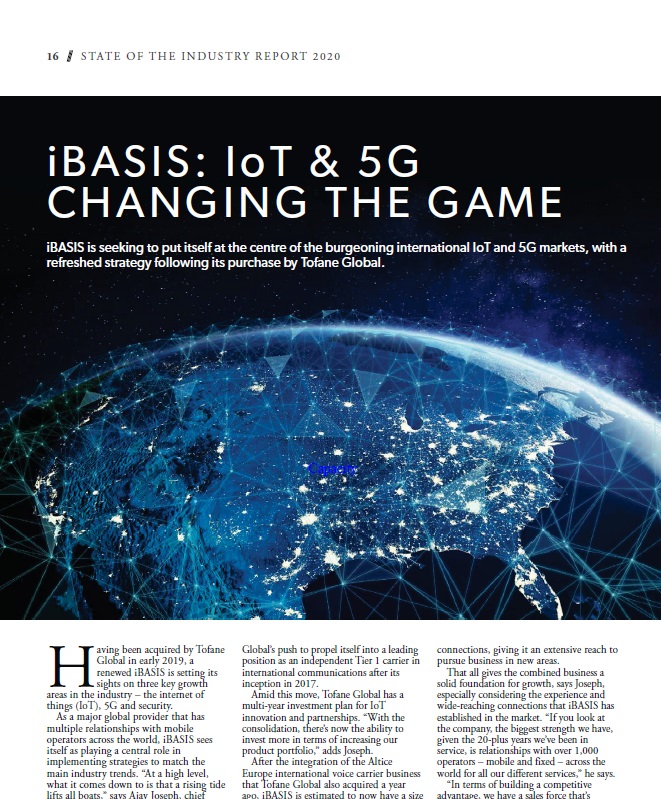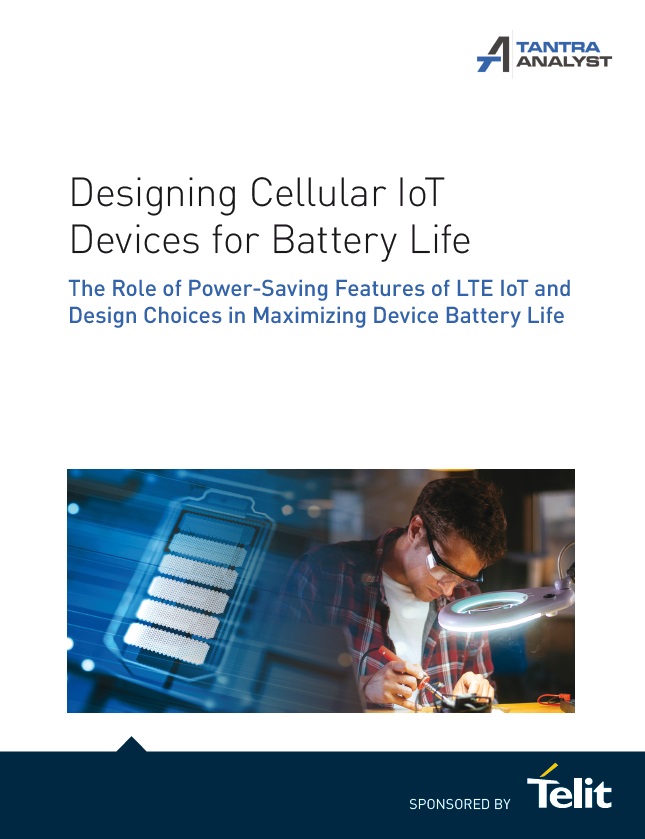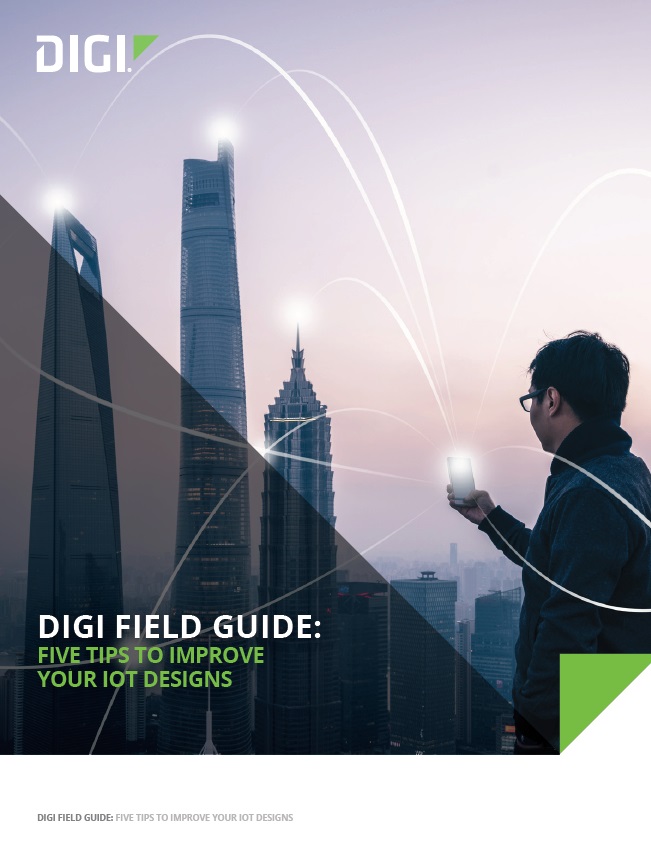IoT start-ups business guide
Everyone understands that building a successful startup is a long, complicated and high-risk task. The startup phase extends from the seed of an idea or concept and carries it through to the point at which a business that generates revenues, has employees and creates products or services.
How to optimize RF performance for 5G connected devices
Everyone understands that 5G will bring with it a huge uplift in speed and capacity as well as device density per cell to support massive IoT. 5G is fundamentally changing the way we communicate, delivering improved latency and throughput. These benefits, plus network slicing, are just a few ways in which 5G will transform life for businesses and consumers. Central to 5G’s delivery will be antenna technology, and as such, the entire RF front end design layout. This is highly complex and 5G IoT deployments are reliant on optimized antenna and RF performance so 5G can deliver on its promises.
Real-Time Operating System: What it is and why you might want to use one
With the rapid growth of the IoT and the number of new devices being developed to take advantage of it, it’s becoming more and more likely that you will consider using an RTOS in the near future. The remainder of this article will explore the overall RTOS value proposition, both pros and cons, so you can consider whether an RTOS would be beneficial for your next product development project.
IoT Security in Depth: From the Device to the Cloud
By forging new links between the cyberworld and the physical world, IoT creates a paradigm shift that dramatically increases the scope of security. As organizations rush to adopt IoT, novel security challenges abound, amplified by an enormous diversity of hardware, software, services, and deployment locations. In fact, while 91 percent of IoT decision-makers report plans to increase the number of their connected devices by more than 15 percent within two years, they cite security as the greatest concern for deploying IoT technologies.
Threats to devices, applications, services, connections, and data must be addressed holistically across the IoT infrastructure to create a consistent security posture across IoT devices, the edge, the cloud, and the connections between all those elements.
Evaluating Quality in IoT Modules for Device Longevity
Considering the critical role they play in a successful IoT deployment, cellular IoT module function must always be appropriate, consistent and sustainable. These small communication adapters and computing devices allow physical objects to connect and interact with wireless networks as they transmit the data that devices sense, collect and store.
THE CONNECTED FUTURE: PARTNERING FOR WHAT COMES NEXT
The idea of connecting devices and sensors over the cloud enables many new applications such as Industry 4.0, asset tracking, connected cars, telehealth and much more. Suddenly, many operational experts in vertical segments such as agriculture, the petroleum and oil industry, manufacturing, and more are becoming deeply involved in the Internet of Things. They are partnering with experts in IoT to provide complete solutions to their clients. The future is bright with more IoT applications, 5G network and Low-Power Wide Area Networks (LPWAN) being developed. And this is just the beginning.
Harnessing Automation on the Path to Digital Transformation
The future of automation in UK industry looks promising, at least in the sense that companies are willing to seize the opportunity presented by COVID-19 to introduce technologies not requiring human intervention in the workplace. Furthermore, Pod Group’s latest survey also reveals that efforts to automate processes will be ramped up as a result of the pandemic. However, automation technology needs to be adopted for the right reasons and with a clear strategy. Not defining the“how” will get businesses nowhere, with the outcome a far cry from what was initially envisaged.
The Role of 4G LTE-Advanced Pro in the Evolution Toward 5G
While most of the industry focus is on deploying new networks based on 5G New Radio (5G NR), the evolution of 4G LTE networks will continue to be a pillar of cellular networks for a long time to come. Due to investments required, cellular operators will be focused on deploying the new 5G NR networks where they are needed most — urban and dense urban parts of the network where capacity needs are highest and cell site concentration is densest. Hence, for the foreseeable future, underlying 4G LTE networks will provide the broad-based, ubiquitous, countrywide coverage for the 5G NR devices.
iBASIS: IoT & 5G CHANGING THE GAME
iBASIS is seeking to put itself at the centre of the burgeoning international IoT and 5G markets, with a refreshed strategy following its purchase by Tofane Global.
Designing Cellular IoT Devices for Battery Life
The Role of Power-Saving Features of LTE IoT and Design Choices in Maximizing Device Battery Life
DIGI FIELD GUIDE: FIVE TIPS TO IMPROVE YOUR IoT DESIGNS
This field guide provides an overview of five ways to improve the design of your wireless IoT product, get to market faster, and increase the reliability of your solution. While this document focuses on the unique challenges of cellular technology, the concepts apply to any wireless technology (e.g. LTE-M, NB-IoT, Bluetooth Mesh, or ZigBee, for example).

